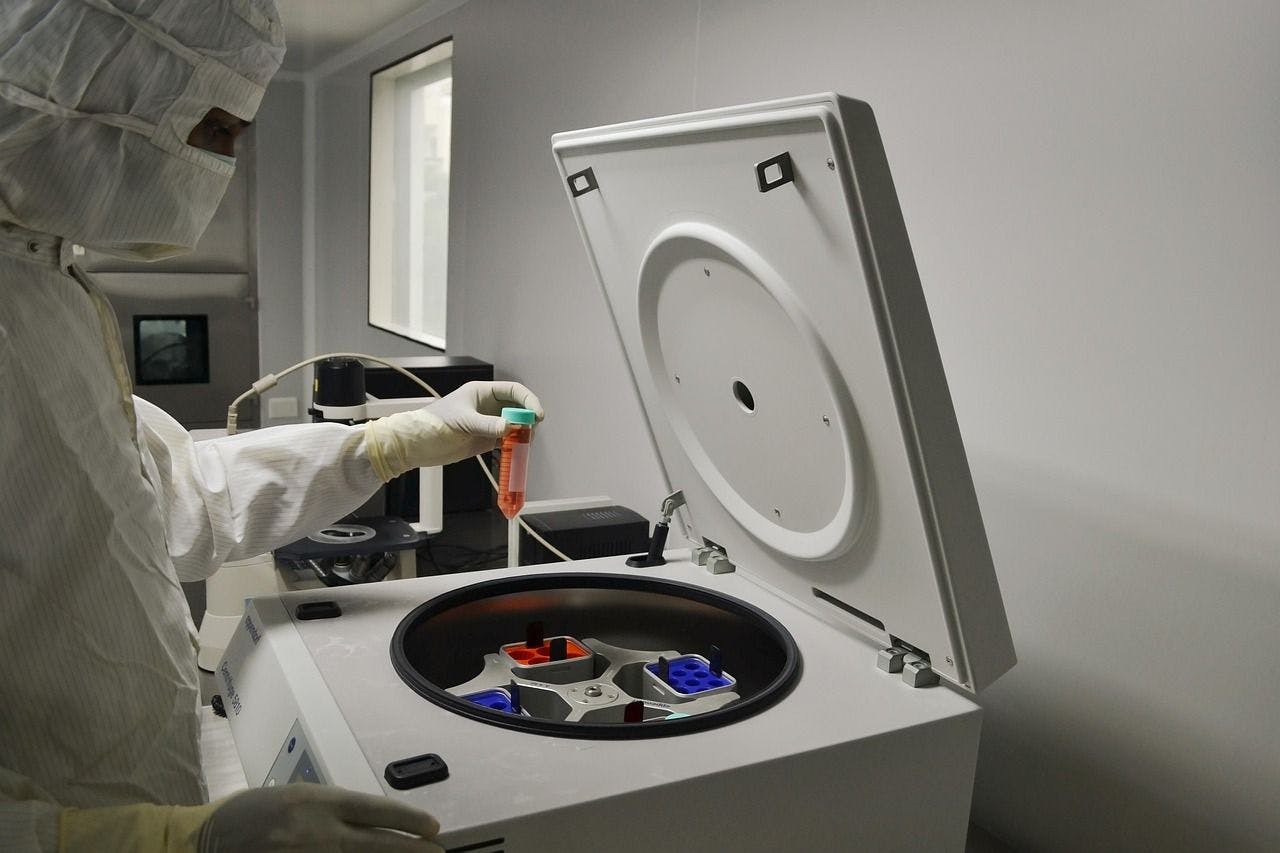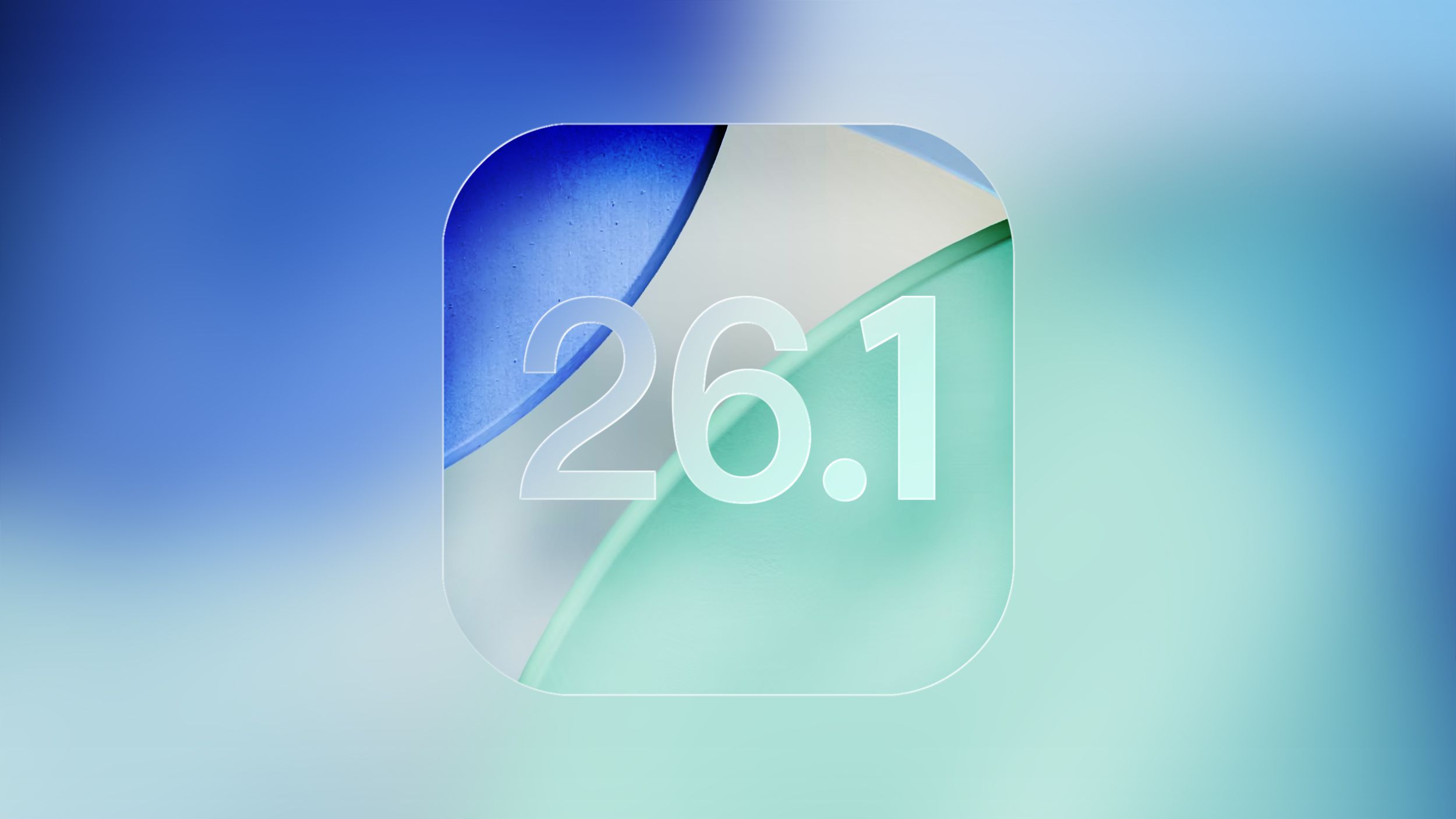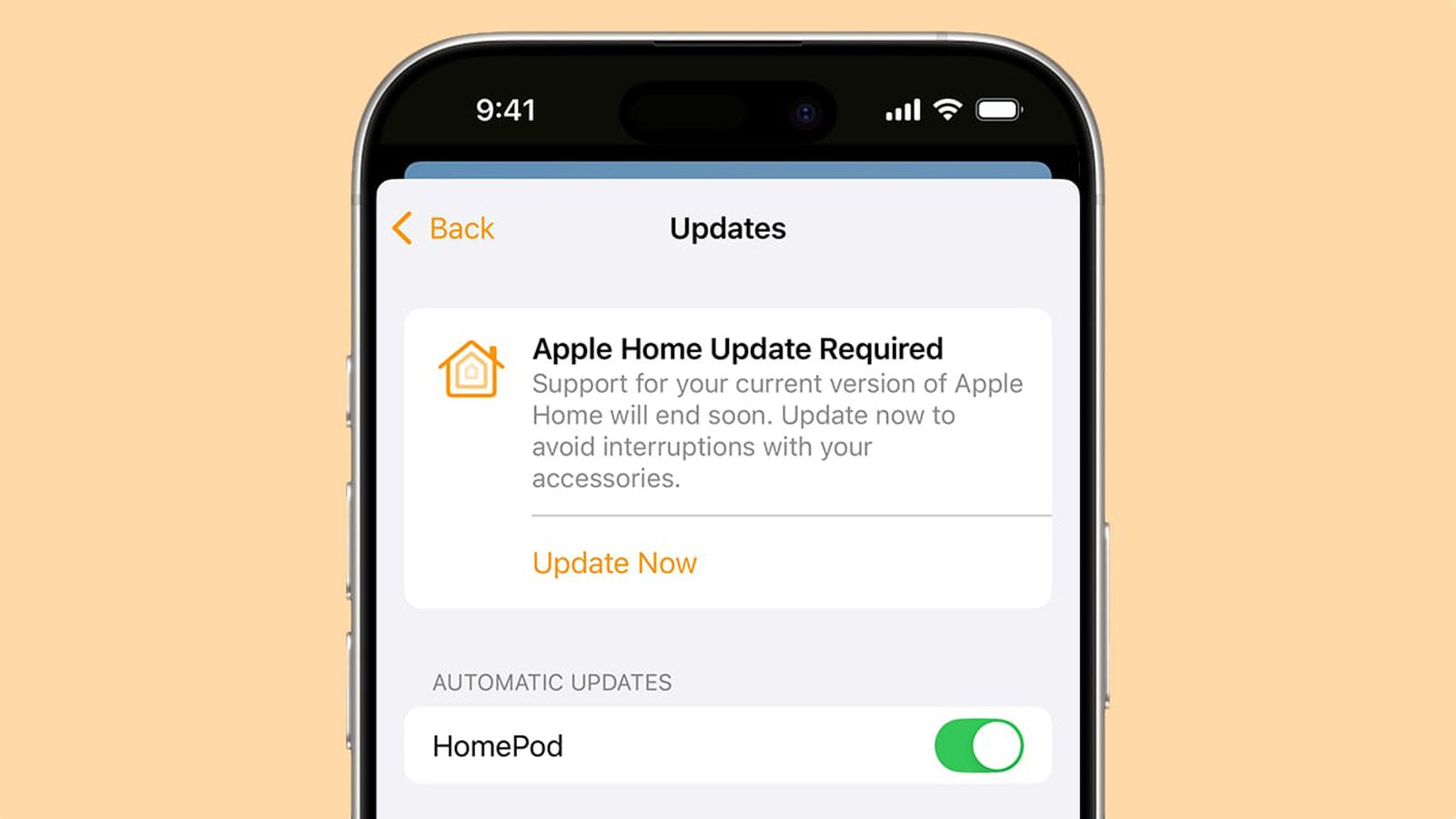Table of Links
Abstract and 1. Introduction
-
Volunteer Computing
-
PNPCoin
3.1 Blockchain Integration and 3.2 Bounded Complexity
3.3 Runtime Authority and 3.4 Back-compatibility
-
Use case – Cellular Docking
-
Conclusion and References
4 Use case – Cellular Docking
Next, they define a binary output of size m, in this case m=2, with outcomes 01, 00 and 10 only, for binds, does not bind, and did not terminate. This is because of the upper bound on the number of steps in every for loop, where the code may be forced to gracefully terminate prematurely.
The code is then converted not to contain while statements and recursive calls, as per section 3.2. All peptide chains and receptor molecules are saved in the data file, made available online, along with a meta file containing its checksum.
This code is submitted to the Runtime Authority for review and publication. Here, it is compiled, tested for runtime, and the upper bound is calculated. Once all tests are passed, and the code is selected for the following block, the source and data is circulated on peer-to-peer filesharing under a unique ID. Nodes download the code, execute it, and return the outcomes to a peer-to-peer fileshare. For optimal execution, the first lowest solution is accepted as included in the blockchain timestamp. For full execution, the input and output are hased with SHA-256, and the longest leading zeros are rewarded, in addition to a smaller reward to every first submitter.
Once all results are collected, the next block begins. The input and output of the optimal solution are saved on the fileshare for optimal mode, and all outputs in the case of full mode.
5 Conclusion
The results are publicly available, contributing to transparency and reproducibility. Furthermore, the community of Bitcoin miners is very creative, and has often discovered clever ways to solve hard problems. If a general less computationally intensive way to solve the given problems is discovered, it will be of even greater benefit.
The PNPCoin Soft Fork has two limitations: long processes requiring a large amount of internal memory, such as the Lucas-Lehmer primality test cannot be performed on this architecture, because they are inherently unparallelizable. Only problems which can be performed in a single step (bruteforce search) or multiple optimization steps (hyperparameter tuning) are applicable. Secondly, jash functions are computed on a one-per-block basis, putting an inconvenient limitation on the runtime on each node. Resolving this would require some form of ledger allowing steps of varying length, with some computations taking a second, and others a month.
However, other otherwise intractable problem types can be easily molded into this architecture. This enables the solution of large tests over discrete hyperparameters, distributed training, hyperspace mapping, and generally pushing the solvability of NP-problems by several orders of magnitude. AI applications which require building a multi-million dollar supercomputer for will benefit 50 thousand times more from pushing Citizen Science to the Bitcoin. Thanks to the prevalence of Bitcoin, scaling AI to a global supercomputer is now realistic, and may provide a crucial step toward General Artificial Intelligence.
References
[1] Rob Halford. Gridcoin: Crypto-currency using berkeley open infrastructure network computing grid as a proof of work, 2014.
[2] ICANN. The iana functions: An introduction to the internet assigned numbers authority (iana) functions. 2015.
[3] Eric Lombrozo. Bip classification. https://github.com/bitcoin/bips/blob/master/bip0123.mediawiki, 2015.
[4] Satoshi Nakamoto. Bitcoin: A peer-to-peer electronic cash system. 2008.
[5] Arvind Narayanan. Hearing on energy efficiency of blockchain and similar technologies. United States Senate, Committee on Energy and Natural Resources, 2018.
[6] Lawrence C Paulson and Jasmin Christian Blanchette. Three years of experience with sledgehammer, a practical link between automatic and interactive theorem provers. In PAAR@ IJCAR, pages 1–10, 2010.
:::info
Author:
(1) Martin Kolar, Brno University of Technology ([email protected]).
:::
:::info
This paper is available on arxiv under CC BY 4.0 DEED license.
:::










